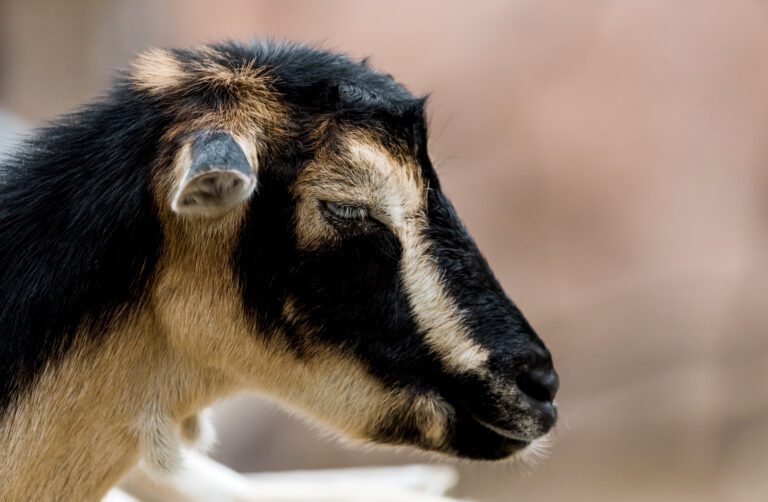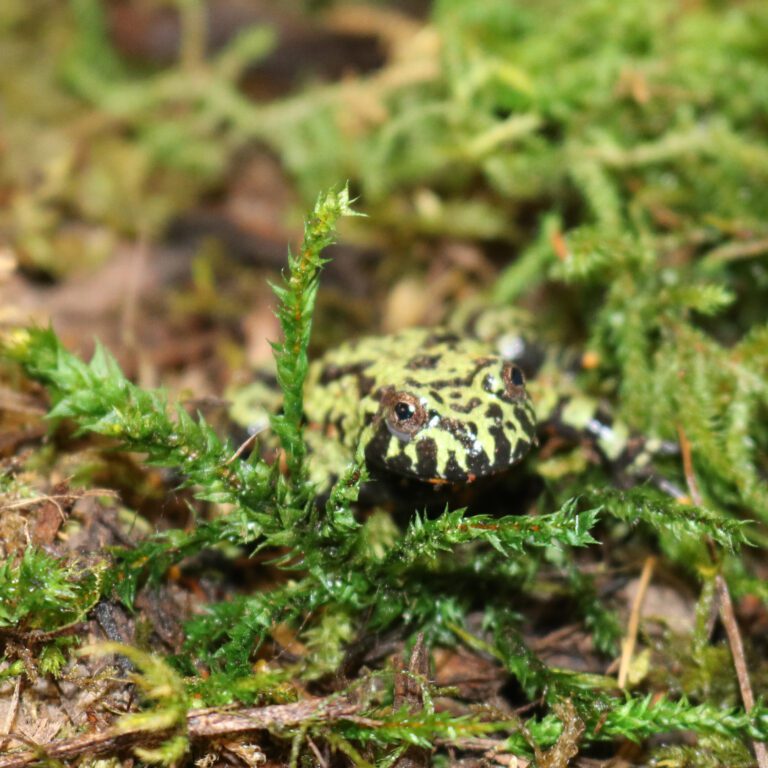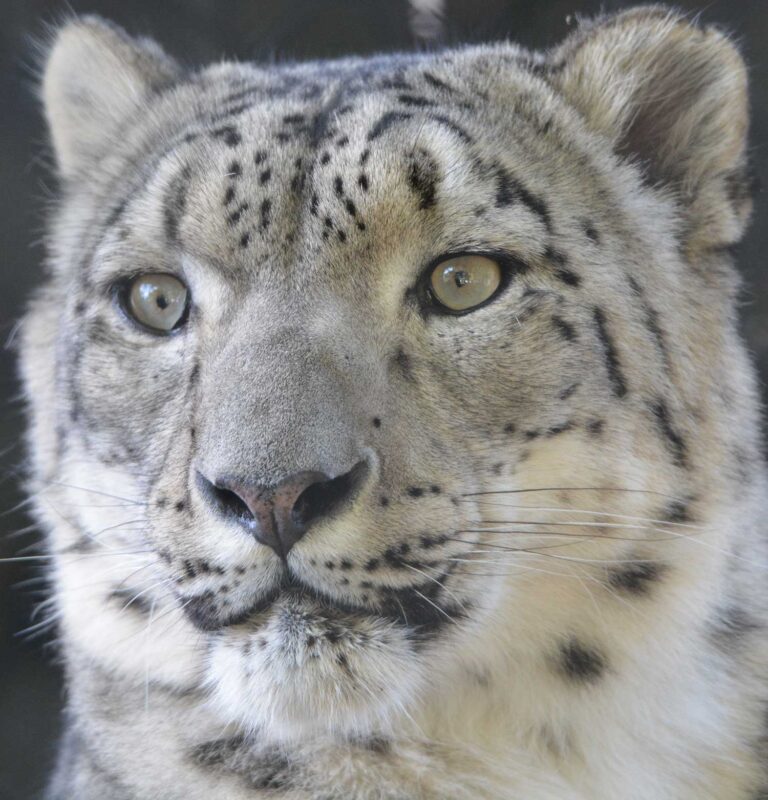Amur Tiger
Seneca Park Zoo is home to one female Amur tiger, Katya, who was born here in 2005. Amur tigers were formerly known as Siberian tigers, but these tigers are not native to Siberia and actually inhabit the area around the Amur River Valley. The name change occurred to accurately reflect the true origin of this large cat.
Animal Facts
Amur tigers are the largest of all living cats.
They grow to be 14-feet long, males weigh up to 400 pounds and females weigh up to 300 pounds.
The hind limbs of these animals are longer than their forelimbs. This is an adaptation for jumping.
Tiger cubs are born blind and weigh only 2 to 3 pounds at birth.
The uneven black stripes on the cats’ orange coats act as shadow marks and make for excellent camouflage.
Tigers are solitary animals except during the mating season. A male’s territory may cover 400 square miles, with several females within that range.
Diet
Tigers eat deer, elk, antelope, and wild boar.
Status in Nature
- Endangered
International Union for Conservation of Nature (IUCN) Red List status
Amur tigers can be found in Coniferous and taiga forests and bush mountains in southeastern Russia, northeastern China and north regions of Korea.
Amur tiger population is estimated to be fewer than 500 individuals. In accordance with the Species Survival Plan (SSP), Seneca Park Zoo seeks to conserve the Amur tiger in human care through preservation of breeding populations. In the United States, 137 such tigers are part of the SSP.


















